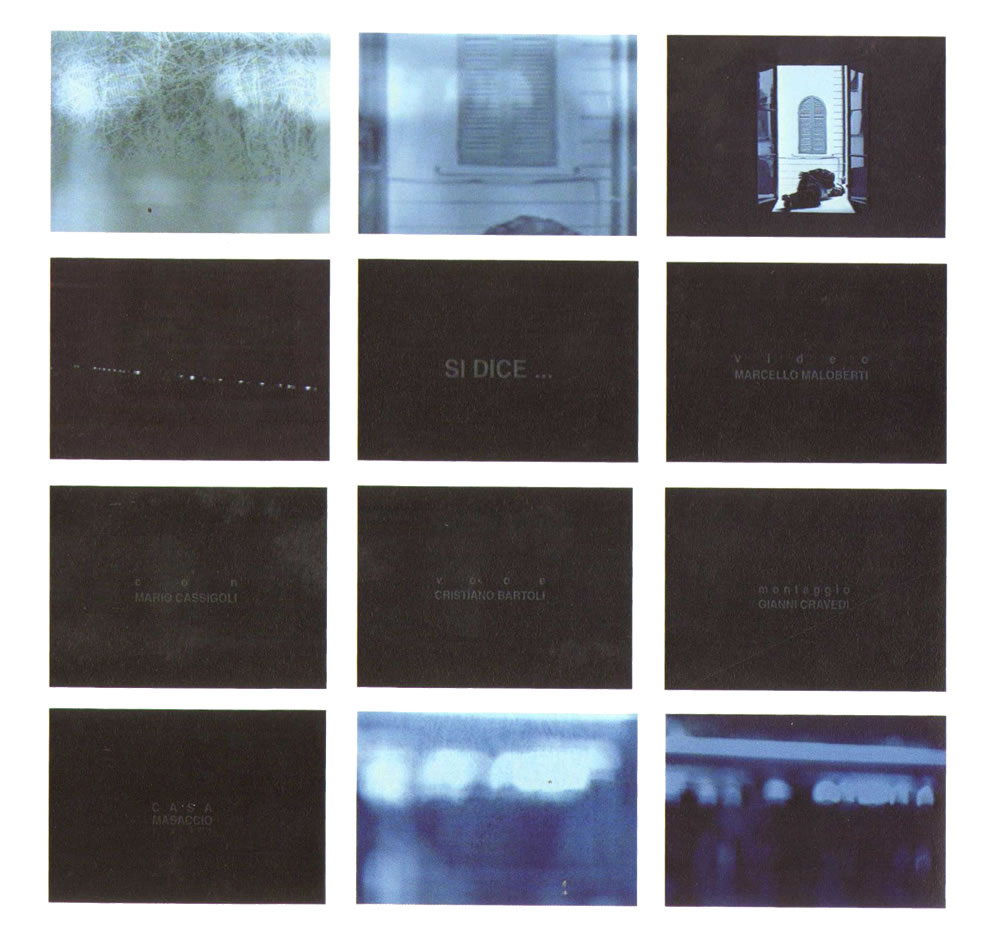Marcello Maloberti was born in Codogno in 1966. He is based in Milan, where he teaches at NABA (Nuova Accademia di Belle Arti). His artistic exploration investigates everyday life through the use of diverse media, at times relying concurrently on several media, including sculpture, performance, video, photography, and installation art. His most recent solo exhibitions include: MACRO, Rome (2013); Generali Foundation, Vienna (2010); GAMeC, Bergamo (2009). Maloberti’s oeuvre was showcased at several institutions, both in Italy and abroad, including Museion, Bolzano; Frankfurter Kunstverein, Frankfurt; Collection Lambert, Avignon; de Appel, Amsterdam; Padiglione d’Arte Contemporanea, Milan; Galleria d’Arte Moderna, Bologna; Centre for Contemporary Art Luigi Pecci, Prato. In 2013, he participated in the Venice Art Biennale, Italian Pavilion. He conceived performance art actions for the Copenhagen Art Festival (2012), CAC Brétigny in Paris (2011), and Performa, New York (2009).

– title: Si dice
– date: 1997
– medium: video
– size: 5′ 40”
– description: Marcello Maloberti’s video Si dice was presented at Casa Masaccio in 1977 on the occasion of the Stanze. L’eredità? exhibition. The video was shot in San Giovanni Valdarno and is tightly linked with the history of the town and of its most illustrious townsman, the painter Masaccio, through a play on interwoven images and words. As he did with all his early video experiments, Maloberti grounds Si dice on language, in particular on words and their capability to create visions, constantly gliding between reality and imagination. The voice-over – almost an insistent whispering – reads passages written by Maloberti himself and excerpts from tales on the life of Masaccio and his brother, nicknamed “lo Scheggia”. The central figure of the video narrative is a man lying on a wooden board placed on a windowsill. Then, the image of the man fades away and the lens of the artist shifts onto a train whisking across the countryside at night. Both parts of the video, where the colours lean toward blue to reinforce the idea of vision, focus on the element of ‘disappearance’, whose linguistic counterpart is the expression Si dice (which literally translates ‘rumour has it’).